Our Mission
Mission facts
Planned orbital height of 100 km around the Moon
Expected 2 year mission length
Will seek to make a direct measurement of the cosmic Dark Ages
Lightweight design (cubesat or similar)
Mission overview
CosmoCube’s mission will open a brand new window onto the universe, allowing us to study a previously inaccessible region of the Universe’s history. The probe will launch to and orbit the Moon, a feat that has not yet been achieved.
When we look out into space, we’re also looking backwards in time. The incredibly faint radio signals that CosmoCube will detect originate from a period of time called The Dark Ages. This is before any stars or galaxies had formed in the universe, and so there is very little light to observe from that time. This mission will make use of intensity mapping of 21 cm emission from clouds of neutral hydrogen to study the history of the universe from about 380,000 years after the big bang through the first billion years of its evolution.
By escaping the loud and constant radio signals being produced on Earth, CosmoCube will collect data as it orbits the moon. When the satellite is closer to Earth, it will transmit data to the ground, and while it is on the far side of the moon CosmoCube will be able to detect signals from the incredibly distant universe.
Make observations of the early Universe. These will span a period before the first stars in the Universe formed called the Dark Ages, all the way through a period called Reionisation, by which point the modern Universe was taking shape.
Observations of this time period, from 380,000 years to 1 billion years after the Big Bang, will open up an enormous new volume of the Universe that can be studied, not currently accessible. CosmoCube will pioneer the technology to make these observations.
Create an intensity map of emission from hydrogen in the early universe.
Explore hints of new and exotic physics that may drive the growth of structure and evolution of our Universe.
Mission Goals
Length of Mission:
We expect the CosmoCube mission to last 2 years.
The Dark Ages:
The Dark Ages is a period in the history of the Universe before the first stars formed. This means there is almost no light being emitted during this period, making it an incredibly difficult time to study. As such, we need to find new ways to learn about this period in the Universe’s history.
While there are no stars to emit light during the dark ages, the Universe was filled with enormous clouds of neutral hydrogen. Thanks to a quirk of quantum mechanics, atoms of neutral hydrogen have a small chance of emitting photons of light at a very specific wavelength thanks to a process called spin-flip transition. CosmoCube will be able to detect this light, which has a wavelength of 21 cm, and create a map showing the intensity of the signal across the sky.
Why does this signal matter?
This 21 cm emission tells us about the evolution of the universe over a huge range of the expansion history of the universe. In particular how hydrogen gas glows at different times, and how structures grew in the Universe.
This signal will also tell us about the first period of the formation of stars and the beginning of the visible universe. The volume of space that can be explored by CosmoCube using these signals is enormous, perhaps 5-10 times larger than the volume of space that traditional telescopes can see. This gives a huge potential for discovery, and will open a new window to the universe that CosmoCube will pioneer. Exploring relatively nearby space led to the discovery of dark matter and dark energy, and exploring a much larger comoving volume may lead us to clues about other new physics in the Universe.

What CosmoCube will see?





